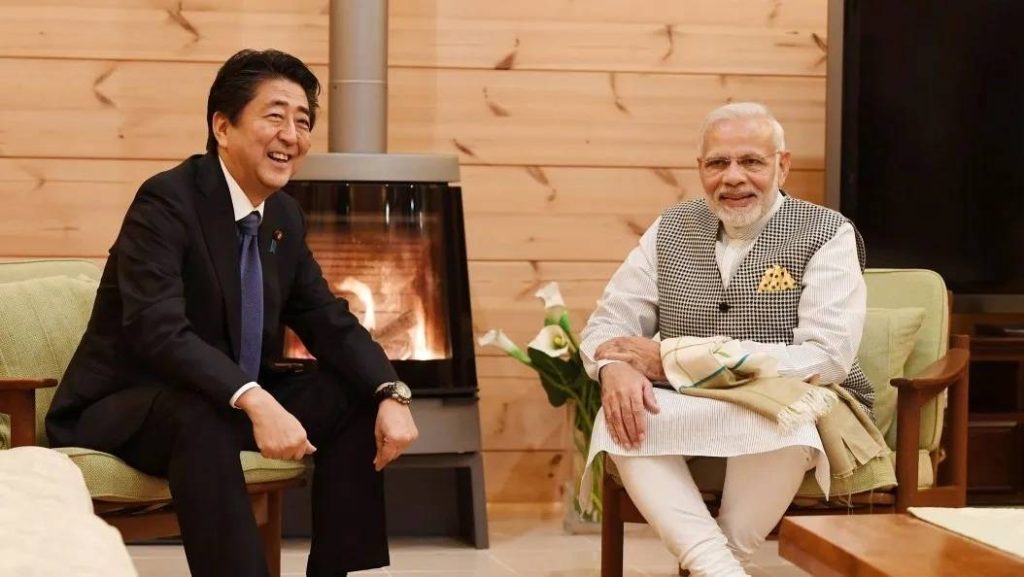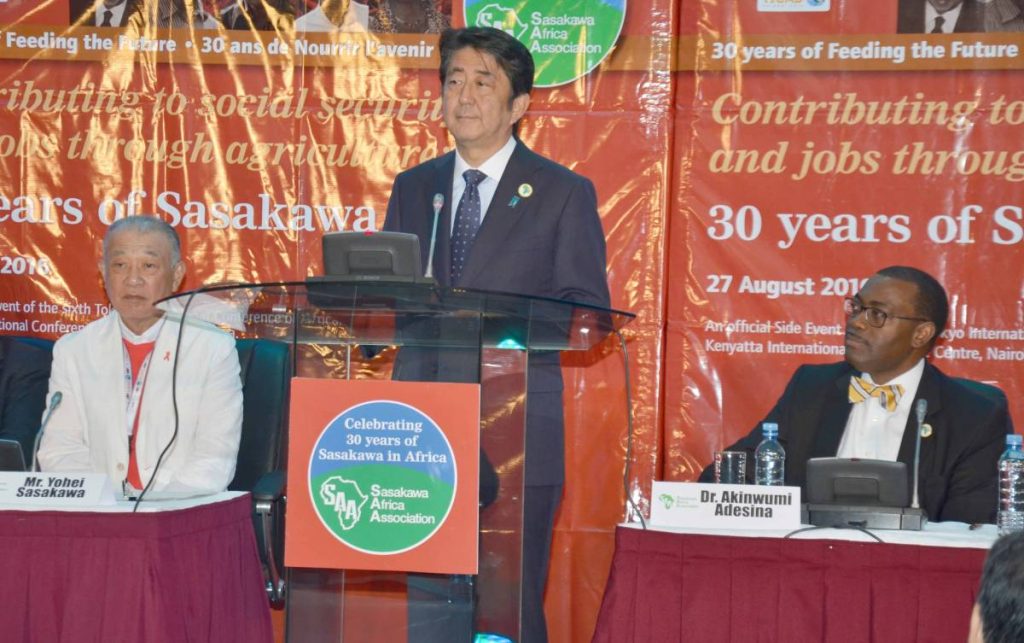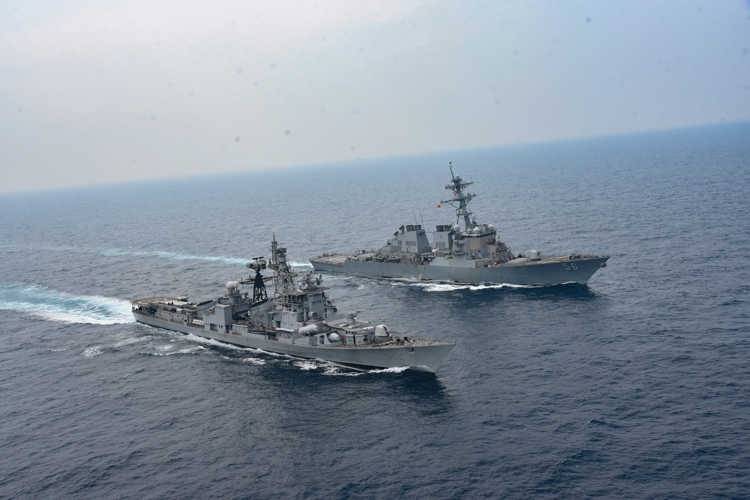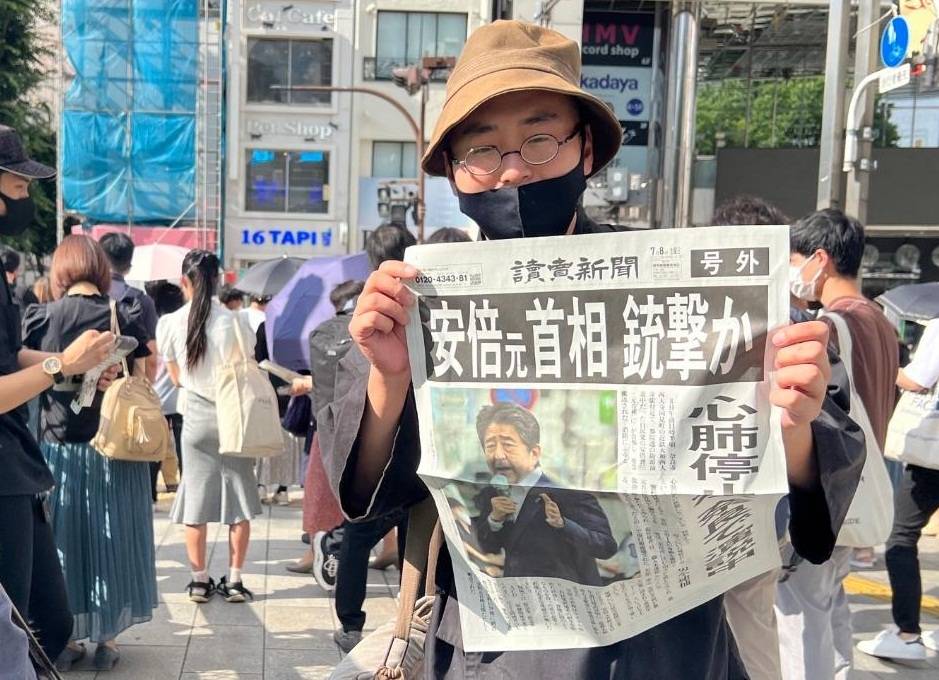Shinzo Abe (1954-2022) was an ardent champion of the construct of the “Indo-Pacific”. His “Confluence of the Two Seas” speech in the Indian Parliament, delivered in 2007, is widely believed to be the origin of the Indo-Pacific concept, writes Sankalp Gurjar
Shinzo Abe (1954-2022) was the longest-serving Prime Minister of Japan. During his tenure (2006-07 and 2012-2020), he sought to make Japan a more confident, influential, and “normal” nation-state. He is rightfully credited as an ardent champion of the construct of the “Indo-Pacific”. He not only brought the concept in the mainstream discourse of regional security and strategy but also defined the geographic contours of the idea of the Indo-Pacific. More specifically, he expanded the definition of the Indo-Pacific to go beyond the western littoral of India and include East and Southern Africa in the geostrategic expanse of the region.
On August 27, 2016, while addressing the Tokyo International Conference on African Development (TICAD) in Nairobi, Kenya, he spoke about the principles underlying his idea of the Indo-Pacific. Interestingly, he put forth the idea that Japan will bear the responsibility to foster the “Confluence of the Two Seas”. In the past, he had referred to this term in 2007 while delivering a speech in the Indian Parliament and that speech is widely believed to be the origin point of the Indo-Pacific.

TICAD has been a primary vehicle of Japanese foreign policy to engage with Africa since 1993. The Sixth TICAD summit held at Nairobi (2016) was the first one to be held in Africa. In his address at the Summit, Abe observed that “when you cross the seas of Asia and the Indian Ocean and come to Nairobi, you then understand very well that what connects Asia and Africa is the sea lanes”. He further added that “what will give stability and prosperity to the world is none other than the enormous liveliness brought forth through the union of two free and open oceans and two continents”. Here, the use of “free and open oceans and two continents” is noteworthy as Japan promotes the idea of “Free and Open Indo-Pacific”.
He was clear that Japan “bears the responsibility of fostering the confluence of the Pacific and Indian Oceans and of Asia and Africa” and would turn it “into a place that values freedom, the rule of law, and the market economy, free from force or coercion”. Abe argued that Japan would like to work with Africa to “make the seas that connect the two continents into peaceful seas that are governed by the rule of law”. His emphasis on the rule of law, market economy, and freedom stand in stark contrast to China’s approach to its domestic and foreign policy and was meant to underscore the different approaches taken by the two major powers.

He further added that “the supply chain is already building something quite like an enormous bridge between Asia and Africa, providing industrial wisdom”. Referring indirectly to the idea of a “free and open” Indo-Pacific, he said that, “the population in Asia living in democracies is more numerous than that of any other region on earth. Asia has enjoyed growth on the basis of the democracy, rule of law, and market economy that has taken root there”. He called for making “this stretch that is from Asia to Africa” a “main artery for growth and prosperity”.
Although the concept of Indo-Pacific has been in vogue since the late 2000s, its geographic contours were limited to the western coastline of India. However, Japan stretched it to Indian Ocean Africa in 2016. It stemmed from the realization that the sea lanes that connect resource-rich Africa and West Asia to South and East Asia traverse the entirety of the Indian Ocean. As Japan was on its way to boost its role in the Indian Ocean, an artificial regional boundary, although drawn in water and hence fluid, could not be logical. Such artificial constructs also limit mental imaginations. Therefore, it was necessary to expand beyond the initial definitions of the Indo-Pacific.

Meanwhile, since 2009, Japan had started participating in anti-piracy operations in the Gulf of Aden, which was beyond the Indian Subcontinent. In 2011, Japan opened up its first overseas military base at Djibouti. Overall, it was expanding its strategic horizons and the Indian Ocean remains a key strategic arena for expanding the Japanese security presence. Moreover, the growing Indo-Japanese strategic partnership also, likely, played a role in shaping the Japanese thinking about the geographic limits of the Indo-Pacific. For India, the Indian Ocean has always been a strategic theater (from Eastern Africa to Southeast Asia and Western Australia) and bringing Africa into the Indo-Pacific construct was a signal from Japan to India that its priorities will be taken on board as well.
The point of promulgating a new region, transcending the traditional confines, was to consider the evolving strategic picture, especially the expansive activities of China in the interconnected region, in a holistic manner. Therefore, it made sense for Japan to include the Indian Ocean Africa in the Indo-Pacific framework. In practical terms, it was an indication to African nations as well that besides China, there are other important players who are strengthening ties with Africa. Two subsequent events underscore the continued relevance of Abe’s approach.
In 2017, when Asia-Africa Growth Corridor (AAGC) was envisaged as a counter to China’s Belt and Road Initiative (BRI), Africa was a key component of AAGC. Later, when India unveiled its Indo-Pacific vision at the Shangri-La Dialogue in 2018, Africa was included in the Indo-Pacific framework. Therefore, the approach of Shinzo Abe was in consonance with India’s own approach that has found wider acceptability and is now considered part of mainstream thinking on the Indo-Pacific.
(Dr. Sankalp Gurjar is a Research Fellow, Indian Council of World Affairs, New Delhi. Views expressed are personal) (The article has been originally published by the Indian Council of World Affairs, New Delhi)

